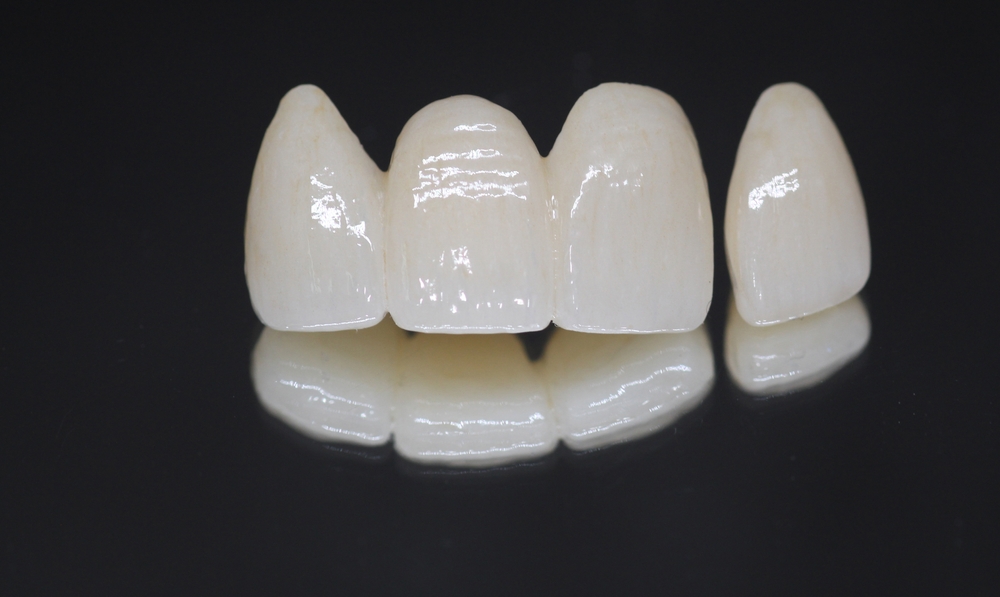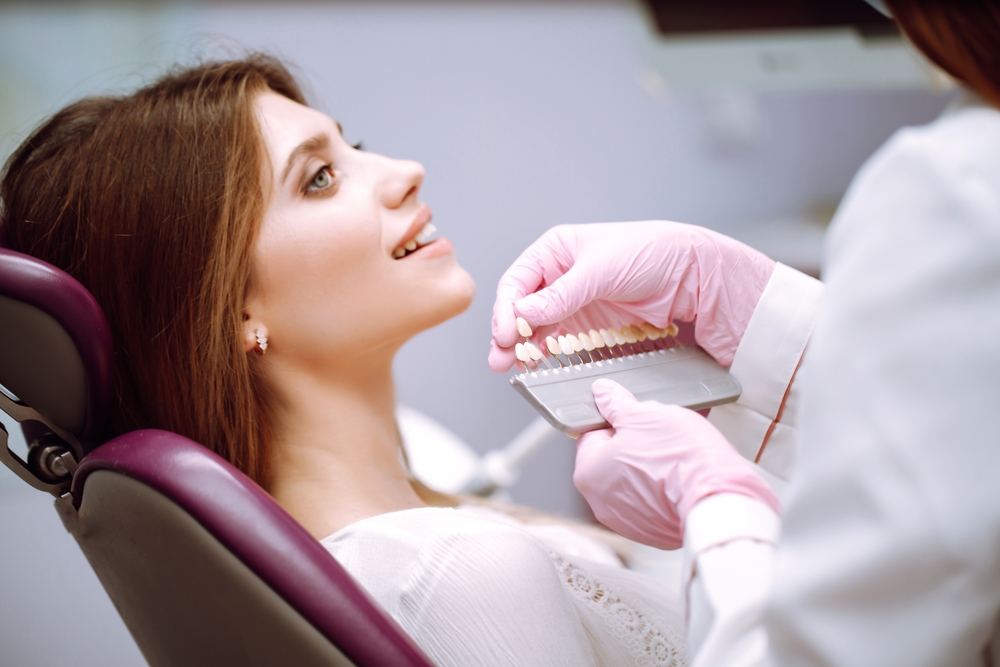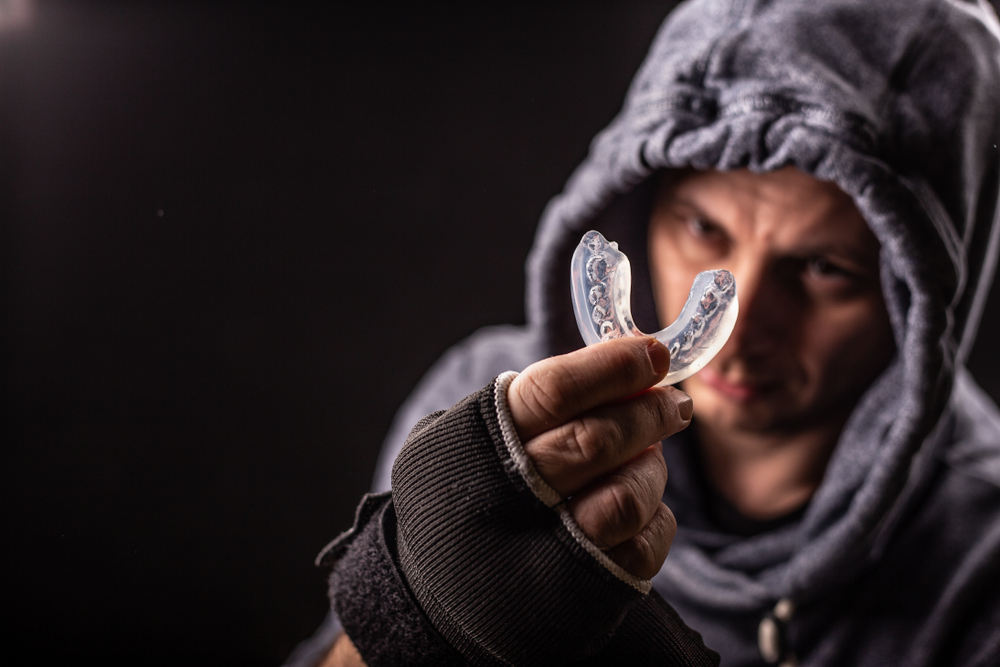Removable partial dentures are a vital solution for many who have lost some of their teeth but still retain a significant number of natural teeth. These prosthetic devices are designed to enhance functionality in speaking and eating, as well as improve aesthetic appearance. Central to the creation of these essential dental appliances is the role of dental labs, where skilled technicians work behind the scenes to craft dentures that are both comfortable and effective. In this blog post, we will explore how dental labs operate, the technologies they use, and the meticulous processes they follow to produce high-quality removable partial dentures. From initial design to the final product, the journey of creating these dentures is both complex and fascinating, highlighting the collaboration between dentists and dental technicians to achieve the best outcomes for patients.
Understanding Removable Partial Dentures
Removable partial dentures (RPDs) are designed to restore the function and aesthetics of the mouth when several teeth are missing but not all. An RPD consists of replacement teeth attached to a base that mimics the appearance of gum tissue, connected by a metal framework that holds the denture in place in the mouth. There are several types of RPDs:

- Acrylic Partial Dentures: These are often used as a temporary or transitional solution and are less expensive. They consist of the prosthetic teeth set in an acrylic base with metal clasps to attach to natural teeth.
- Metal Partial Dentures: Made with a metal framework, these dentures are stronger and more durable than acrylic ones. They are less bulky and offer a more comfortable fit.
- Flexible Partial Dentures: Made from a thin thermoplastic material, such as nylon, these dentures are lightweight and aesthetically pleasing since they do not require metal clasps. They adapt well to the natural movement of the mouth and are often more comfortable.
Each type serves different needs and preferences, and the choice often depends on factors such as the patient’s oral health, the location and number of missing teeth, and budget.
Role of Dental Labs
The fabrication of removable partial dentures is a meticulous process that involves several steps, primarily carried out in specialized dental labs. Here’s how these labs contribute to the creation of RPDs:
- Initial Impressions and Measurements: The process begins at the dentist’s office, where initial impressions of the patient’s mouth are taken. These molds are then sent to the dental lab, where technicians use them to create a precise working model of the patient’s teeth and gums.
- Designing the Framework: Technicians design the metal framework or the base structure for the type of denture chosen. This framework must ensure proper support and retention of the denture, taking into account the alignment and position of any remaining teeth.
- Selection of Materials: Depending on the type of denture being made, dental technicians select appropriate materials. Choices may vary between different metals for a metal framework, specific types of acrylics for the base, or specialized thermoplastics for flexible dentures.
- Fabrication of the Denture: The actual creation of the denture involves several stages:
- Crafting the metal framework or base.
- Positioning and fixing the artificial teeth.
- Applying the acrylic base to hold the teeth in place.
- Finishing and Polishing: Once assembled, the denture is carefully finished and polished to ensure that it fits comfortably and looks natural. This step is crucial as it affects both the aesthetic appearance and the functional comfort of the denture.
Throughout this process, dental technicians collaborate closely with the dentist to make any necessary adjustments to ensure that the denture fits perfectly and meets the patient’s needs. This partnership is essential for the successful creation and fitting of removable partial dentures, illustrating the critical role that dental labs play in the field of prosthetic dentistry.
Technology in Dental Labs
The evolution of technology in dental labs has dramatically improved the precision and efficiency of creating removable partial dentures. One of the most significant technological advancements is the use of Computer-Aided Design and Manufacturing (CAD/CAM) systems. These tools allow dental technicians to design and fabricate dentures with a level of accuracy that was previously unachievable with manual methods.
- CAD/CAM Technology: By using digital scans of the patient’s mouth, technicians can create highly accurate 3D models. These digital designs are then used to manufacture the denture components—often with the help of automated milling machines or 3D printers. This process not only speeds up the production time but also reduces errors, ensuring a better fit and more comfortable dentures.
- Digital Impressions: Traditional impressions can be uncomfortable for patients and occasionally less precise. Digital impression technology, which captures clear and precise images of the mouth, has largely replaced the conventional putty-based impressions. This innovation not only enhances comfort during the impression process but also improves the overall workflow efficiency and accuracy in denture fabrication.
- Future Advancements: Looking ahead, we can anticipate further integration of new materials and technologies, such as the use of lighter, more durable materials for denture bases and the potential for artificial intelligence to predict optimal denture fit and function.
These technological strides are enabling dental labs to deliver higher quality products faster than ever before, ensuring that patients receive the best possible outcomes with their removable partial dentures.
Conclusion
The role of dental labs in creating removable partial dentures is both complex and crucial. From taking precise impressions to employing cutting-edge CAD/CAM technologies, dental labs are at the forefront of delivering prosthetic solutions that significantly enhance patients’ quality of life. As technology continues to evolve, the synergy between dental professionals and lab technicians grows stronger, facilitating the creation of dentures that are not only functionally effective but also aesthetically pleasing. By understanding the meticulous processes and collaborative efforts involved in this craft, patients can appreciate the significant value and expertise that dental labs bring to their dental care experience.




